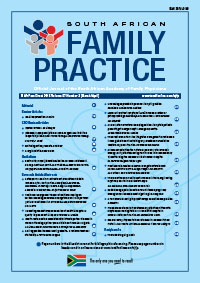Allergic Rhinitis
Keywords:
allergic rhinitis
Abstract
Instead of considering allergic rhinitis as a disease of acute symptoms, it needs to be understood as a chronic inflammatory disease that involves a level of persistent inflammation even in the absence of symptoms. Given the close functional, immunological and clinical link between asthma and rhinitis, it is reasonable to expect that an effective treatment of rhinitis would affect the comorbid asthma; the occurrence of rhinitis in asthmatic patients ranges from 70% to about 90%. The prevalence of allergic rhinitis in patients presenting to their primary care providers with nasal symptoms is estimated to be 30% to 60%. Diagnostic allergy testing is indicated only if the test result could alter the decision to treat. Empirical treatment is a common approach, as allergic rhinitis is anonfatal disease with safe and effective treatments. Nonsedating antihistamines and nasal steroids are relatively free of side effects, and are reasonably inexpensive. The nasal steroids reduce all symptoms, but the antihistamines are less effective for nasal congestion and minimally address the problem of inflammation. Immune-based specifically targeted molecules, such as the cloned humanised monoclonal antibody-inhibiting human IgE omalizumab, are presently being studied in patients with seasonal allergic rhinitis.
Section
Review Articles
By submitting manuscripts to SAFP, authors of original articles are assigning copyright to the South African Academy of Family Physicians. Copyright of review articles are assigned to the Publisher, Medpharm Publications (Pty) Ltd, unless otherwise specified. Authors may use their own work after publication without written permission, provided they acknowledge the original source. Individuals and academic institutions may freely copy and distribute articles published in SAFP for educational and research purposes without obtaining permission.

